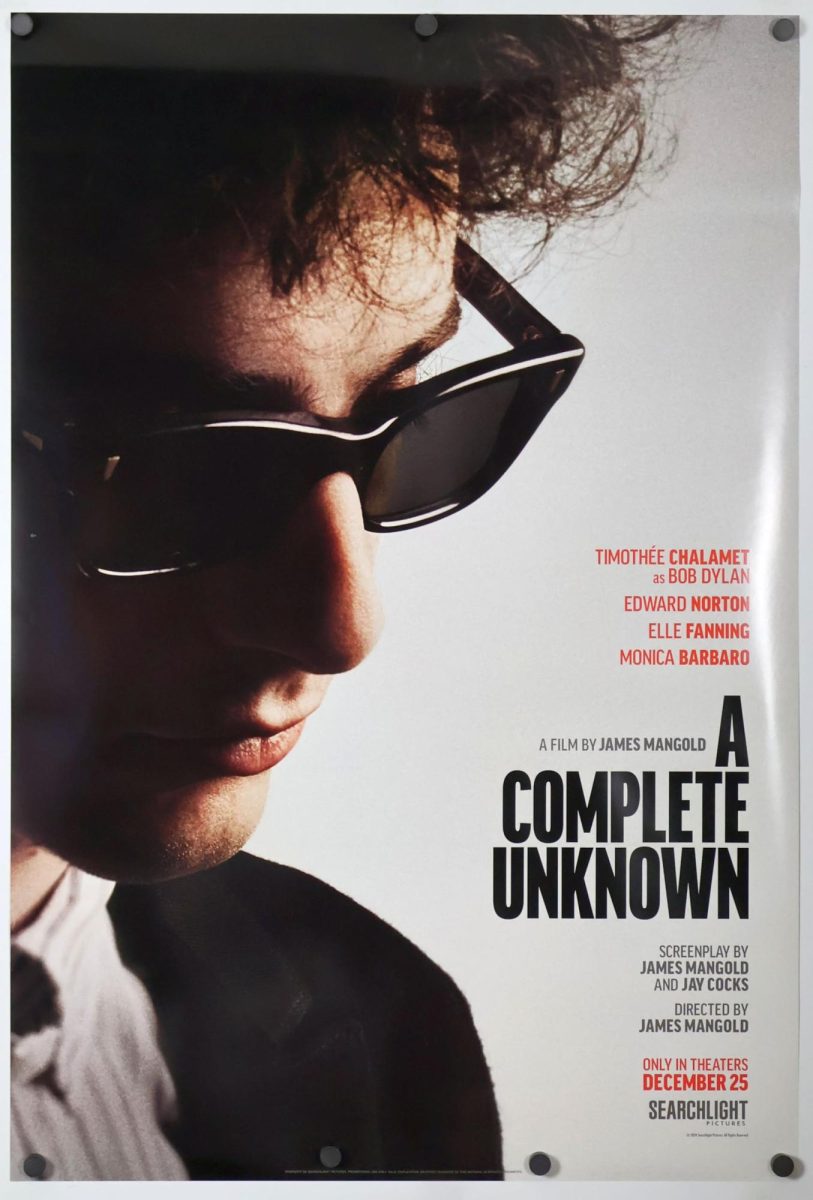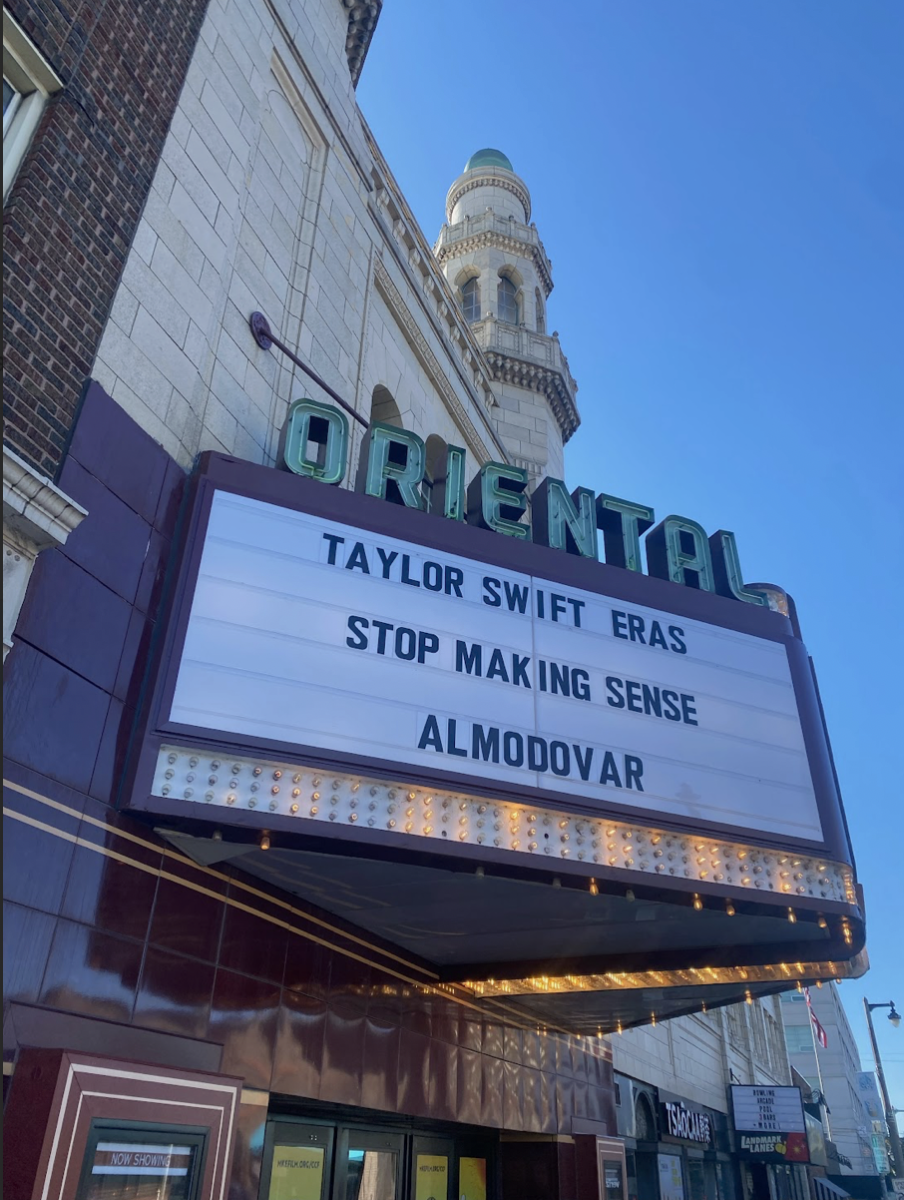
Plausibility is the key quality that can separate good films from Oscar nominees.
If a cast and crew make a movie believable, they create something more than moving pictures on a screen. That’s why we cheer when Frodo finally destroys the One Ring and cry when Andy gives away his toys as he goes to college.
When the plot is based on real events, however, plausibility has a different twist. Many times the audience already knows how the movie will end, so it’s up to the cast and crew to keep viewers engaged – despite their foreknowledge – while doing justice to reality.
In the case of director Kathryn Bigelow’s latest film, “Zero Dark Thirty,” the creators take feasibility to the next level, making audiences feel like they are living each moment with the characters, despite the fact that they’ve lived through the story over the past ten years, starting on September 11, 2001.
“Zero Dark Thirty” recounts the real-life manhunt for Osama bin Laden and goes inside the CIA mission that defined American military operations for nearly a decade. Jessica Chastain stars as Maya, a CIA agent from D.C. who dedicates her entire life to finding and terminating the terrorist.
Though she starts out uncomfortably stationed in the field in Pakistan, Maya becomes more dedicated (and possibly obsessed) with the mission. She interrogates potentially dangerous sources close to bin Laden and follows leads that seem futile to the rest of her team. Even a failed assassination attempt doesn’t faze her, instead empowering her to get the job done.
Chastain’s convincing and powerful performance is nothing short of Oscar-worthy. Hopefully the Academy will give credit where it is due.
Though viewers know the ending to Bigelow’s film, they may become so caught up in the chase that they wonder how and if bin Laden will ever be captured. Bigelow and screenwriter Mark Boal create an environment that, although fictionalized to some degree, is the most convincing representation of these events yet created.
With such a potent subject, it’s impossible to leave out topics that are controversial and sensitive. Bigelow handles them tastefully without taking away the gravity of this recent history. The film’s opening consists of a black screen and recordings of phone calls from 9/11 that ask for help or give false reassurance. As one man told his mother, “We’re fine. We’re in World Trade Center 2.”
The pivotal raid of bin Laden’s hideout was given special attention, covering every aspect and angle of that night. Audiences infiltrate bin Laden’s hideout with SEAL Team 6 as they search for the radical. The suspense in the film feels as real as it probably was for those involved. Bigelow’s attention to detail makes this and other scenes feel completely realistic.
In spite of these quality traits, the film’s depiction of torture has stirred up much controversy in Hollywood. Some critics claim the film should not be recognized at the Oscars. But the Academy has nominated the movie for five awards, including its top prize.
While the torture scenes are graphic at times, there is no way the film could have avoided them. They were not overly dramatic or drawn out. If anything, the scenes raise questions about the extent to which such interrogations were conducted and exactly how much “Zero Dark Thirty” fictionalized the events.
Considering the attention this controversy is getting, it is easy to be caught up in the negatives, but that should not convince anyone that the film is not worth seeing.
The 9/11 attacks and their aftermath make up arguably the most important time period for this generation of Americans. Bigelow’s film attempts to showcase that history and capture the emotions of not just one CIA agent, but an entire nation. Avoiding “Zero Dark Thirty” means missing out on one of the most authentic movies of the year and maybe even the decade.






